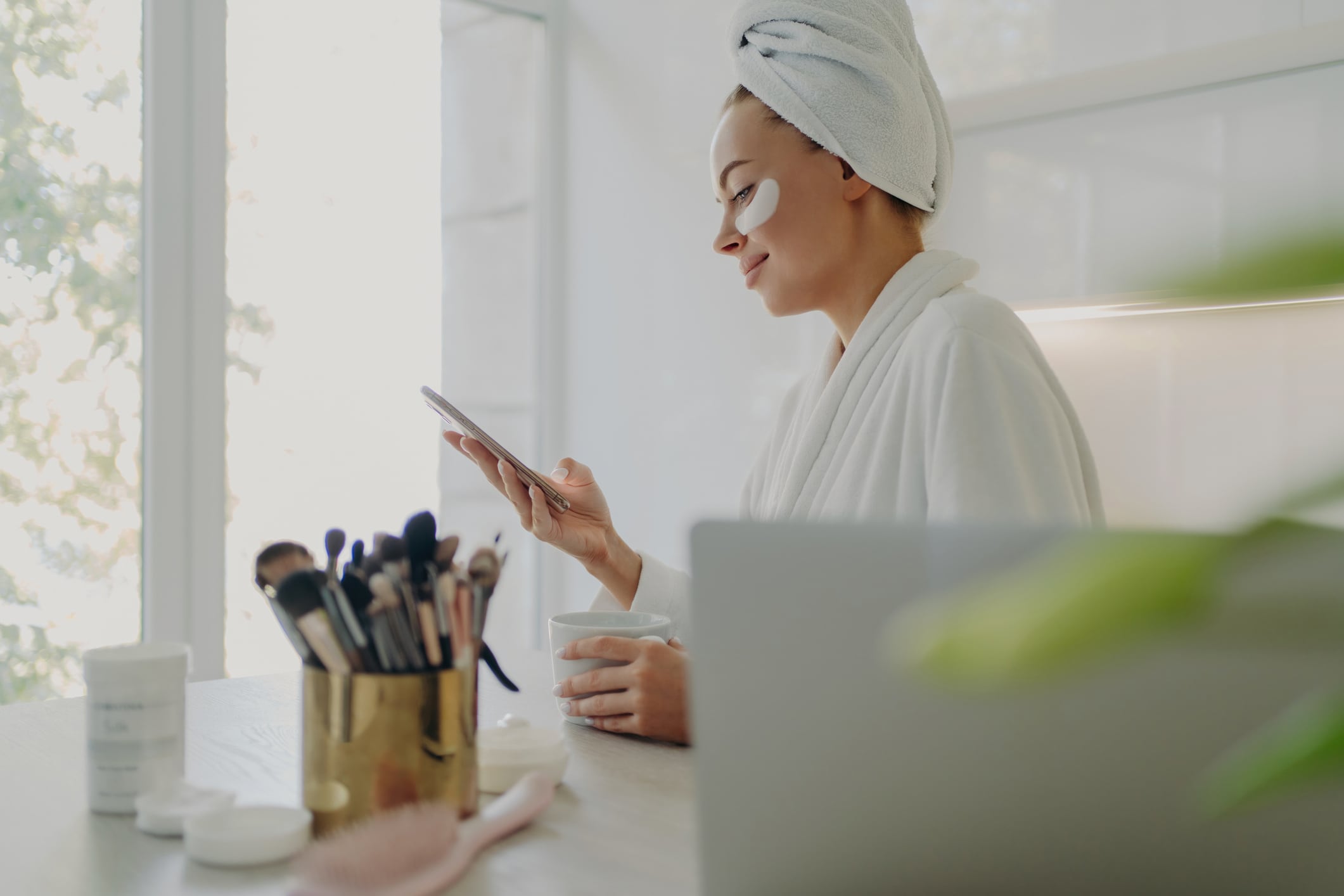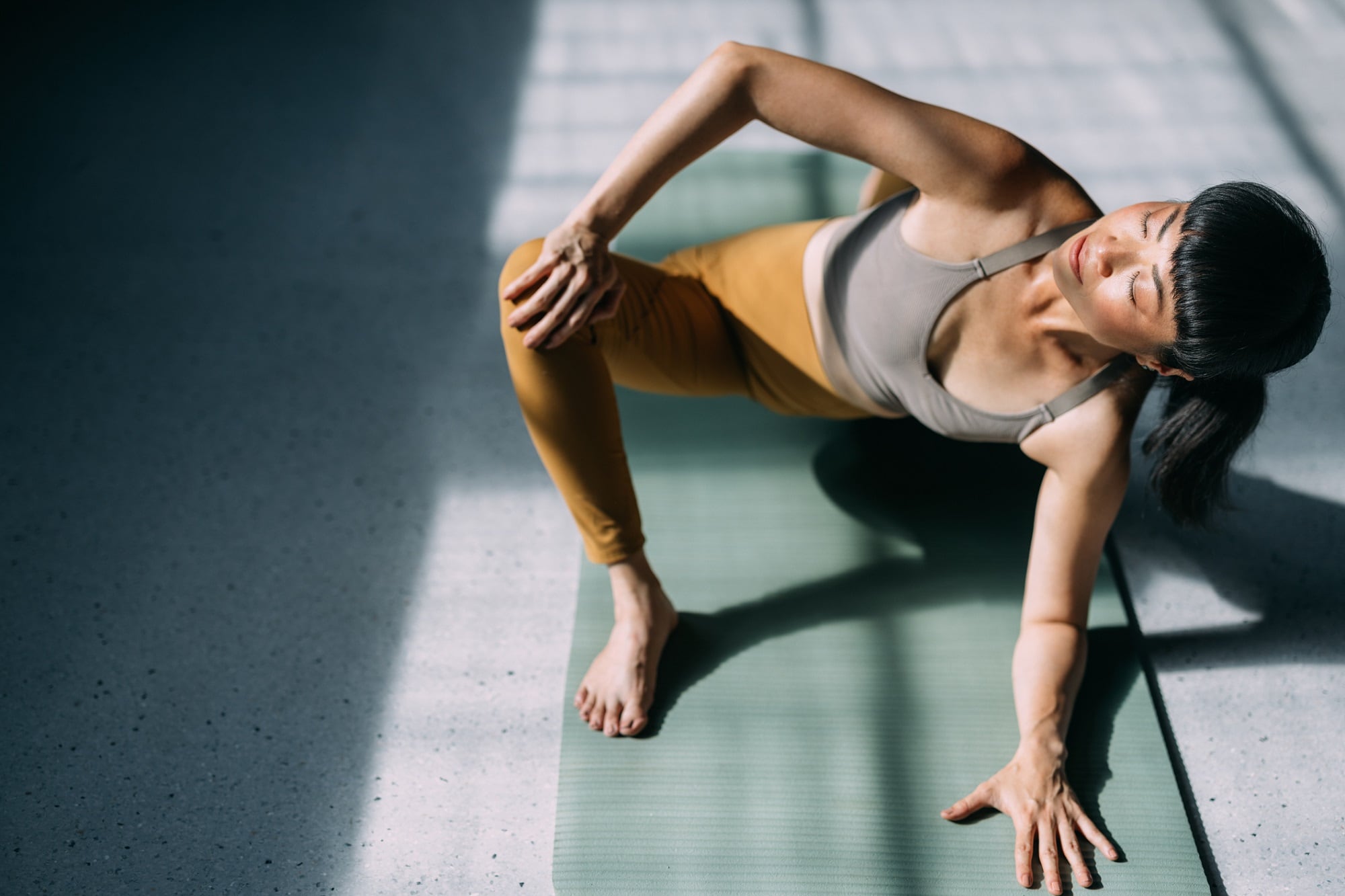The beauty and personal care landscape continues to grow increasingly competitive in the advent of increased social selling, pushing industry stakeholders to pivot into increasingly creative, innovative efforts to reinvent category offerings.
According to the recently released the new report by consumer insight firm NIQ, these efforts are paying dividends: e-commerce drove a 17.4% increase in beauty and health sales in 2024, with online now representing 42% of total category revenue.
E-commerce, social selling, and the largest swing in category growth
Among the trends tracked in NIQ’s report, social media, wellness, personalization, and luxury, social media was highlighted as the most transformative force. “It’s not just about visibility; TikTok is becoming a commerce channel itself,” said Anna Mayo, Vice President, Beauty Vertical at NIQ.
Through “social selling (especially on TikTok Shop), rapid digital discovery, and retail consolidation around platforms like Amazon,” she told CosmeticsDesign USA, the beauty category has particularly benefited from the growing influence of impulse-driven purchases. As noted in NIQ’s report, 68% of social buys are unplanned, with user-generated content as a main driver behind the conversion momentum.
Leading beauty brands in this space, Mayo advised, are leveraging building blocks like “experiential digital storytelling, social-first product launches and agile fulfillment across platforms.”
For example, brands such as e.l.f., Phlur, and Dove are developing launch strategies specifically tailored for social platforms. “This forces manufacturers to prioritize agility, trend responsiveness, and creator partnerships in product development and marketing,” she said.
High-growth segments signal new consumer priorities
The fragrance category was a notable outlier, according to the report, with a 20% year-over-year growth rate that was largely driven by viral trends and evolving consumer behavior, especially among Gen Z. For example, Mayo illustrated, “instead of having a signature scent, they are investing in a fragrance wardrobe, with scents for different moods and occasions, that can also be layered together.”
Brands that are attuned to the demographic and behavioral shifts like this have responded by expanding hero fragrances into new product formats, such as body care, and intensifying social media campaigns. “With fragrance’s emotional and identity-driven appeal, as well as its continued innovation in formats and storytelling, the category is well-positioned for continued growth,” she added.
Several other emerging and previously underperforming segments also outpaced expectations in 2024. “Categories like first aid, lip care, and men’s body care stood out with high-growth product launches,” she said. Products like Dr. Squatch lip balm and Band-Aid Pro Heal Bandages, for example, reflected a growing demand for “wellness-adjacent personal care” and innovation in functional and inclusive product design.
Strategic innovation imperative for 2025 and beyond
The impact of brand innovation, which the report noted contributed to nine percent of mass retail beauty sales, cannot be understated, said Mayo. Citing examples like Sol de Janeiro’s Rio Deo and SheaMoisture’s Even Tone Deodorant as evidence that consumers respond positively to new offerings from trusted brands, the data demonstrated that line extensions have been a successful endeavor for some beauty brands over the past year.
“These cases show that consumers gravitate toward familiar, trusted brands offering new formats that match their values, whether that’s wellness, inclusivity or luxury feel at mass price points,” she explained.
However, she cautioned, while innovation is “a critical driver of brand growth, especially in times of economic uncertainty...the data shows that while line extensions dominate, not all innovation leads to incremental growth, so brands must be diligent in assessing whether new products are additive or potentially cannibalizing existing sales.”
Ultimately, she concluded, “success will depend on staying agile, insight-driven, and culturally relevant, developing products that not only meet functional needs but also tap into emerging values and behaviors shaping the future of health and beauty.”





